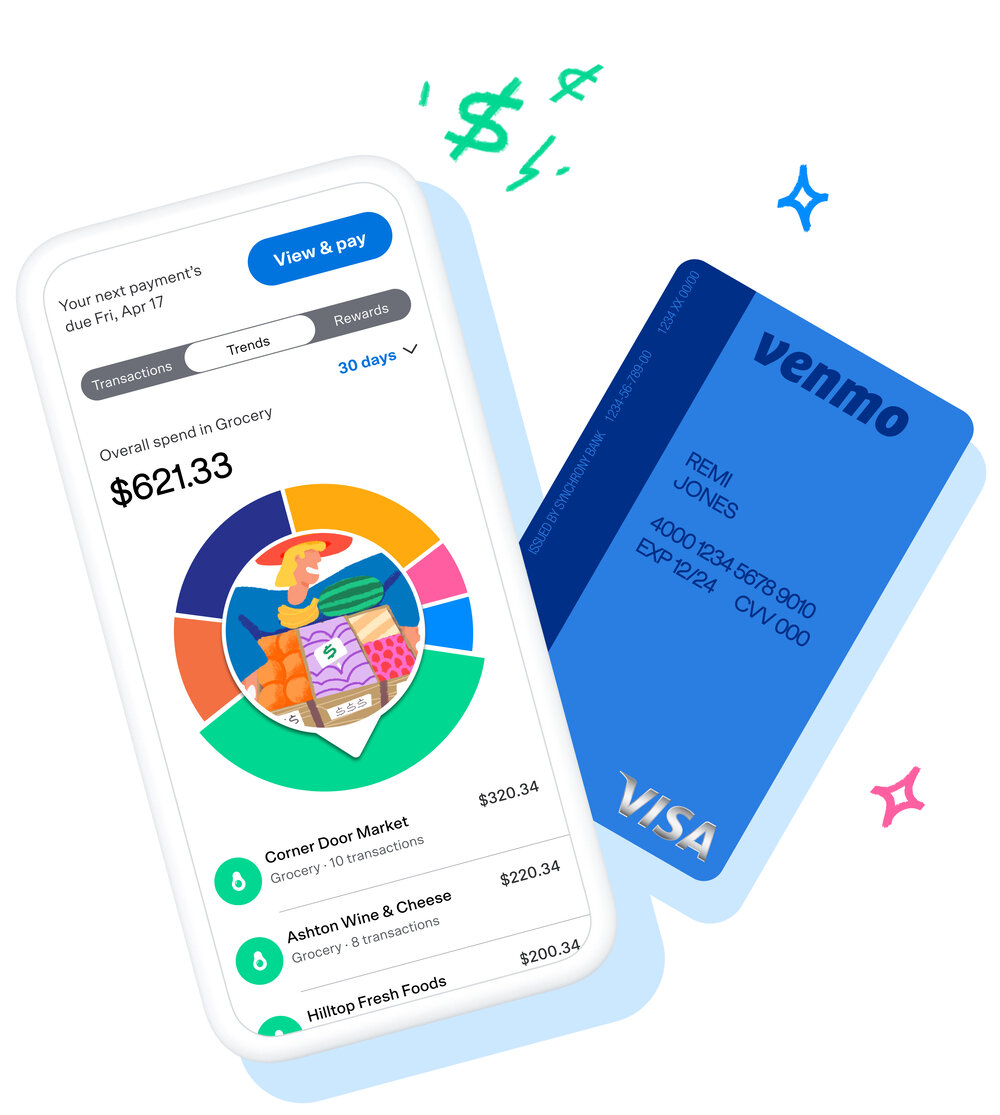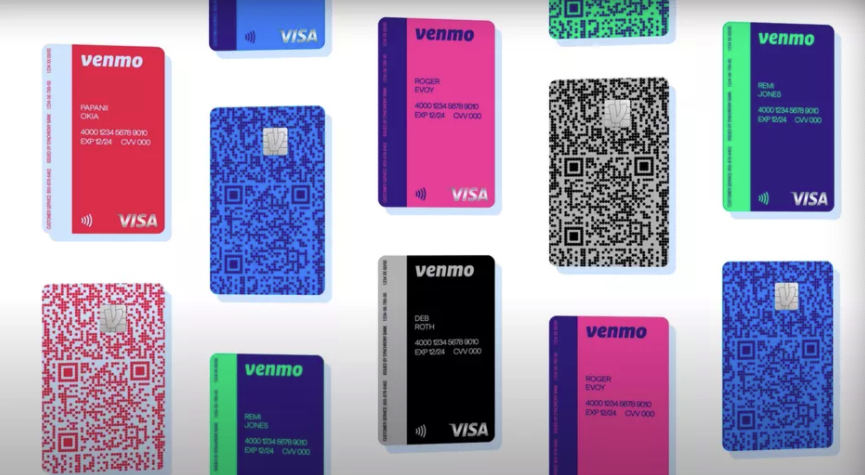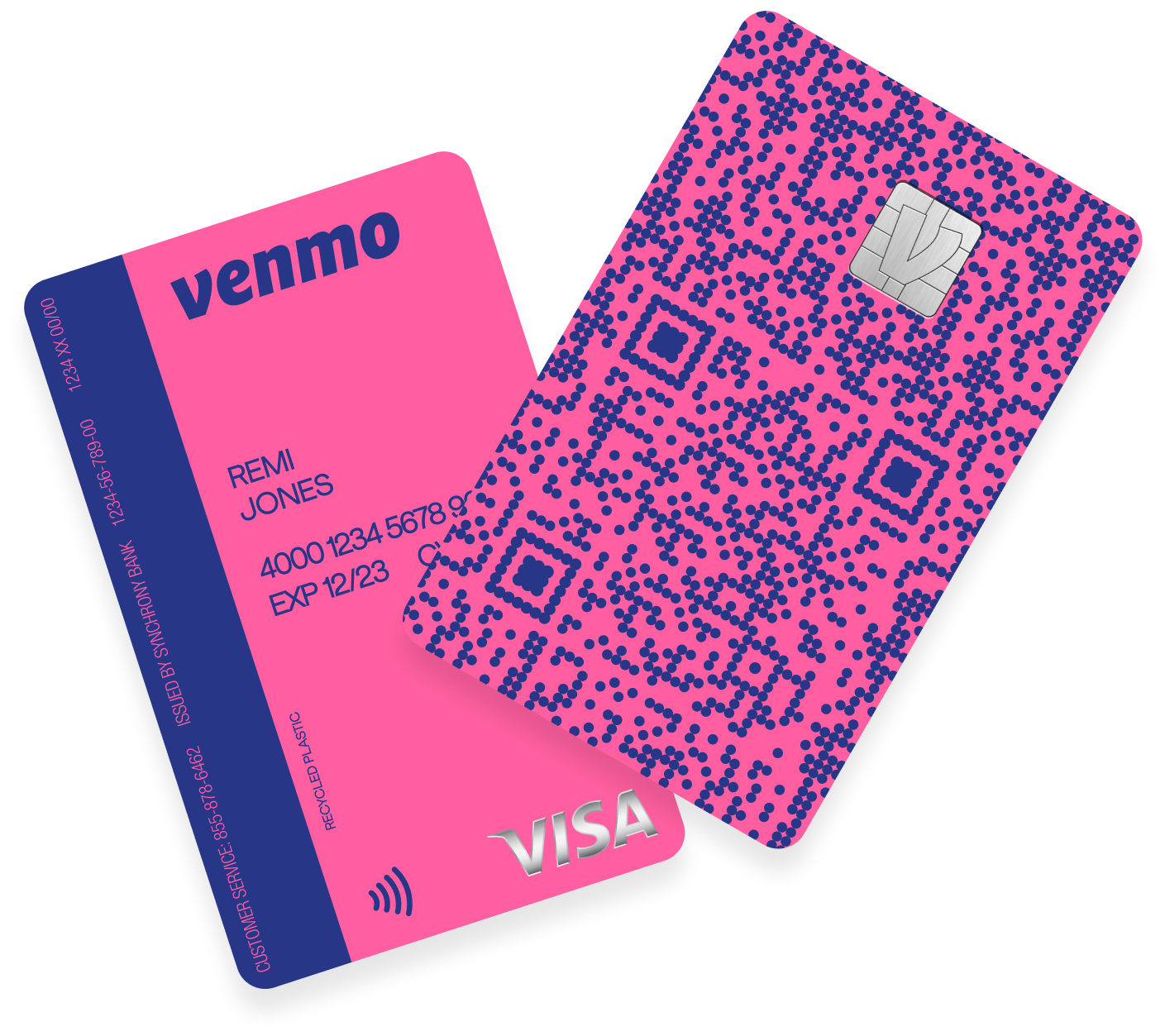
The Visa Credit Card Offers Cash Back Rewards
The Visa credit card can also easily be managed on the Venmo app directly. You can view spending activity, track rewards, make payments (including using Venmo balances to pay off the credit) and also of course, split purchases. Even if your physical card has not arrived yet, you’ll be able to use a virtual card to make online purchases.
Each Venmo credit card will have a unique QR code, as do regular Venmo accounts, that other users will be able to scan with their phones in order to request money. For tap-to-pay transactions, the cards will come with a RFID chip. Venmo will offer 5 different designs for the card to choose from as well.
Many credit cards will have cash back incentives that are based on the company’s chosen categories. For example, Amazon’s credit card offers up to 5% rebate for Whole Foods and Amazon purchases, 2% at gas stations, restaurants, and drugstores, and 1% for everything else. Venmo’s card will give you rewards cash back that are based on your personal spending habits.

There Are Five Designs To Choose From
It will do so by categorizing your spending into different categories like dining & nightlife, bills & utilities, travel, health & beauty, grocery, transportation, gas, and entertainment. You “top spend” category will earn you 3%, the second will earn you 2% and everything else will earn 1%. There is no annual fee, but there are some other typical fees for things including cash advances, late and returned payments as also interest.
The rewards are automatically transferred to your Venmo account at the end of each period of the statement. You can then pay friends, shop online, and of course, transfer money back to your bank or debit card that is associated with you Venmo account.

The Venmo Credit Card
Venmo has previously released the Venmo Debit Card in 2018m which was a Mastercard that was issued by Bancorp Bank. Like the credit card, the debit card offered cash back rewards and worked seamlessly with the Venmo app.







